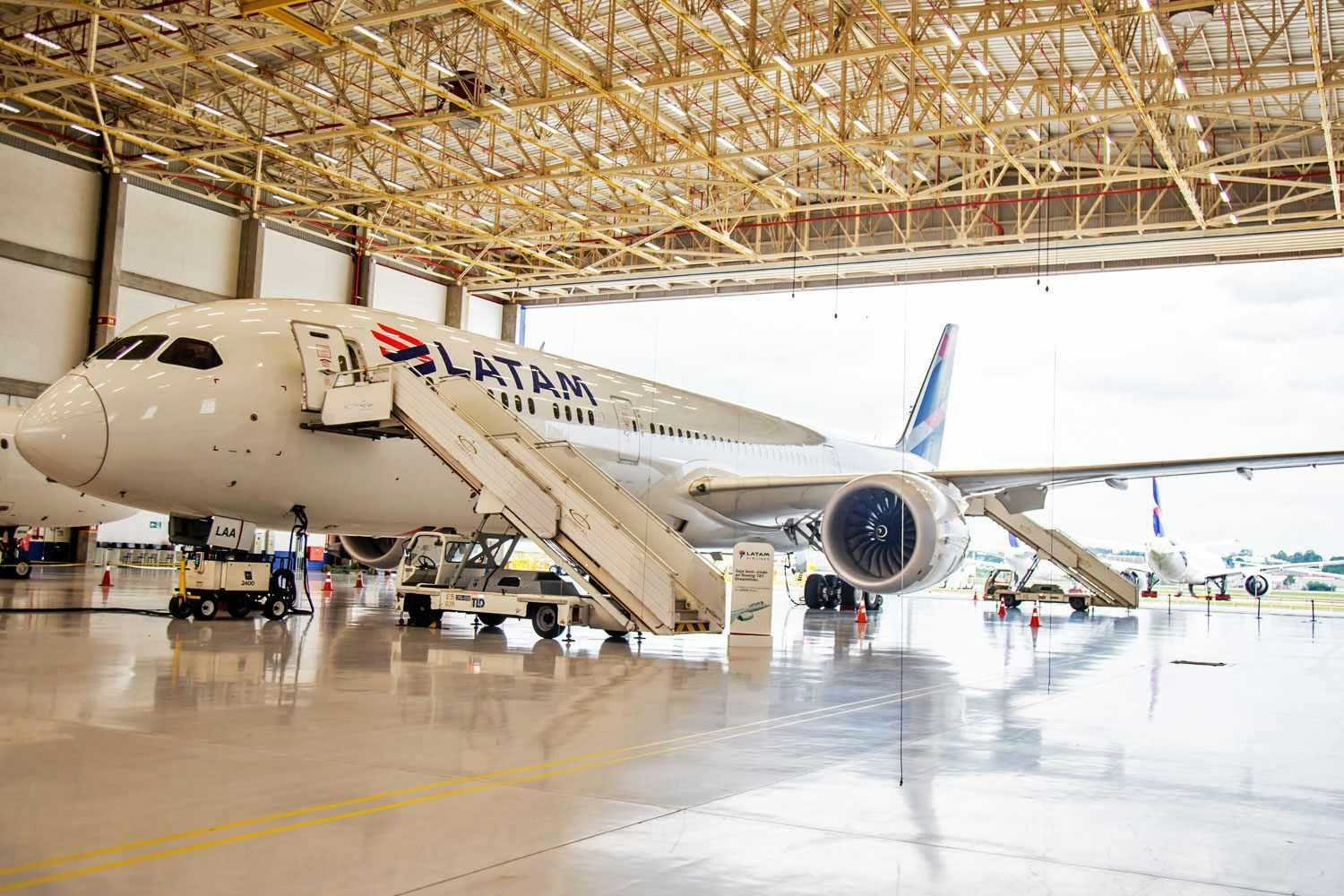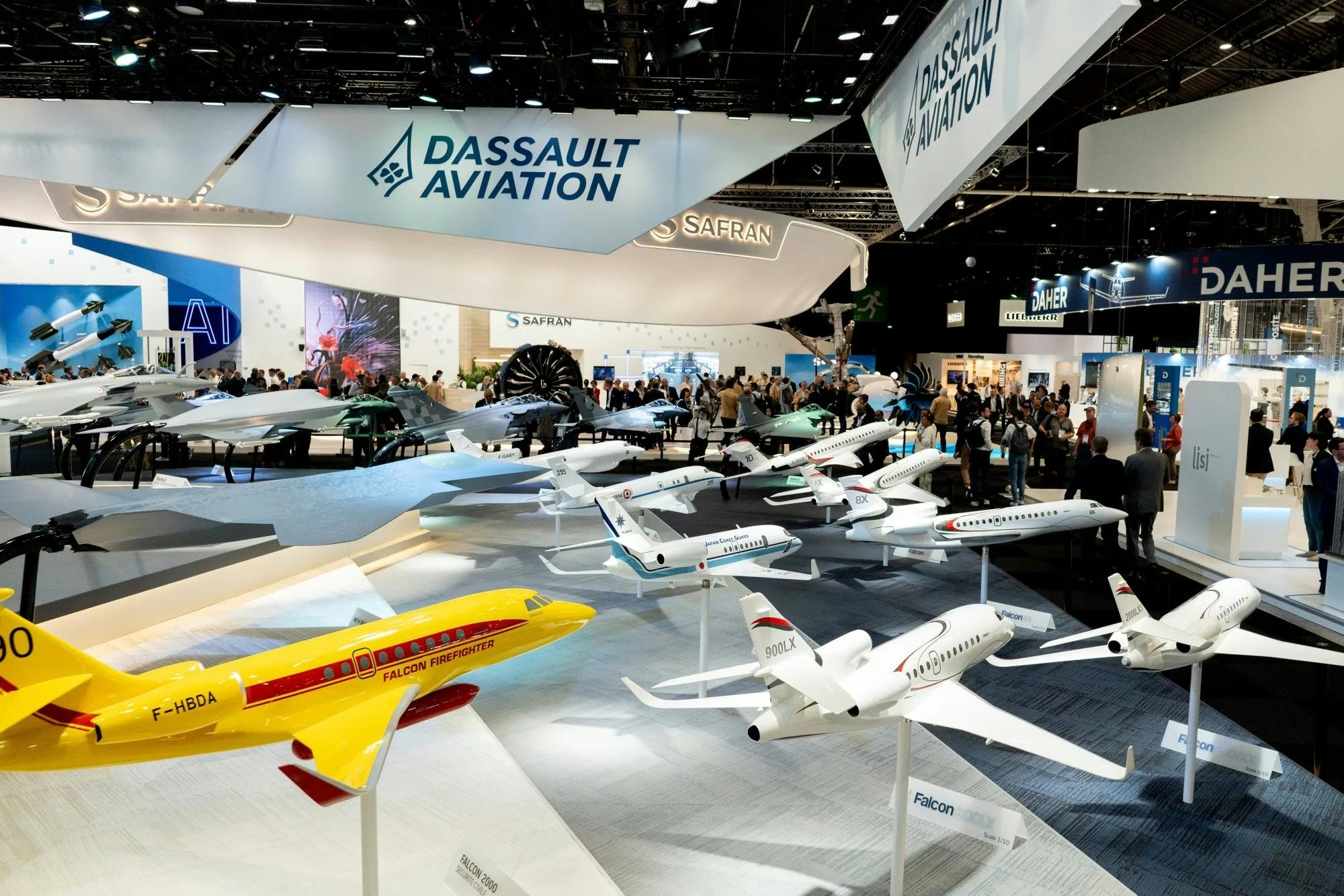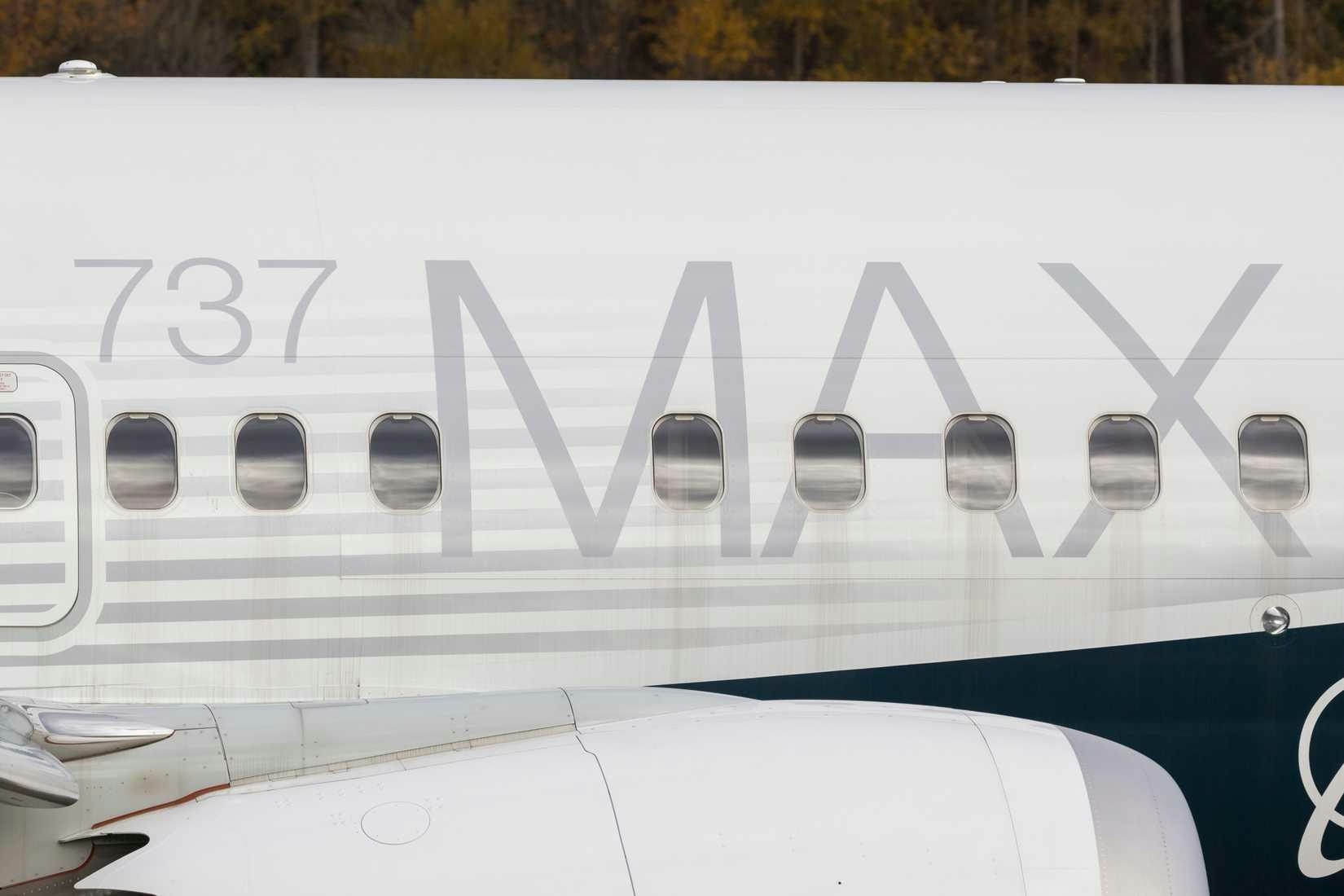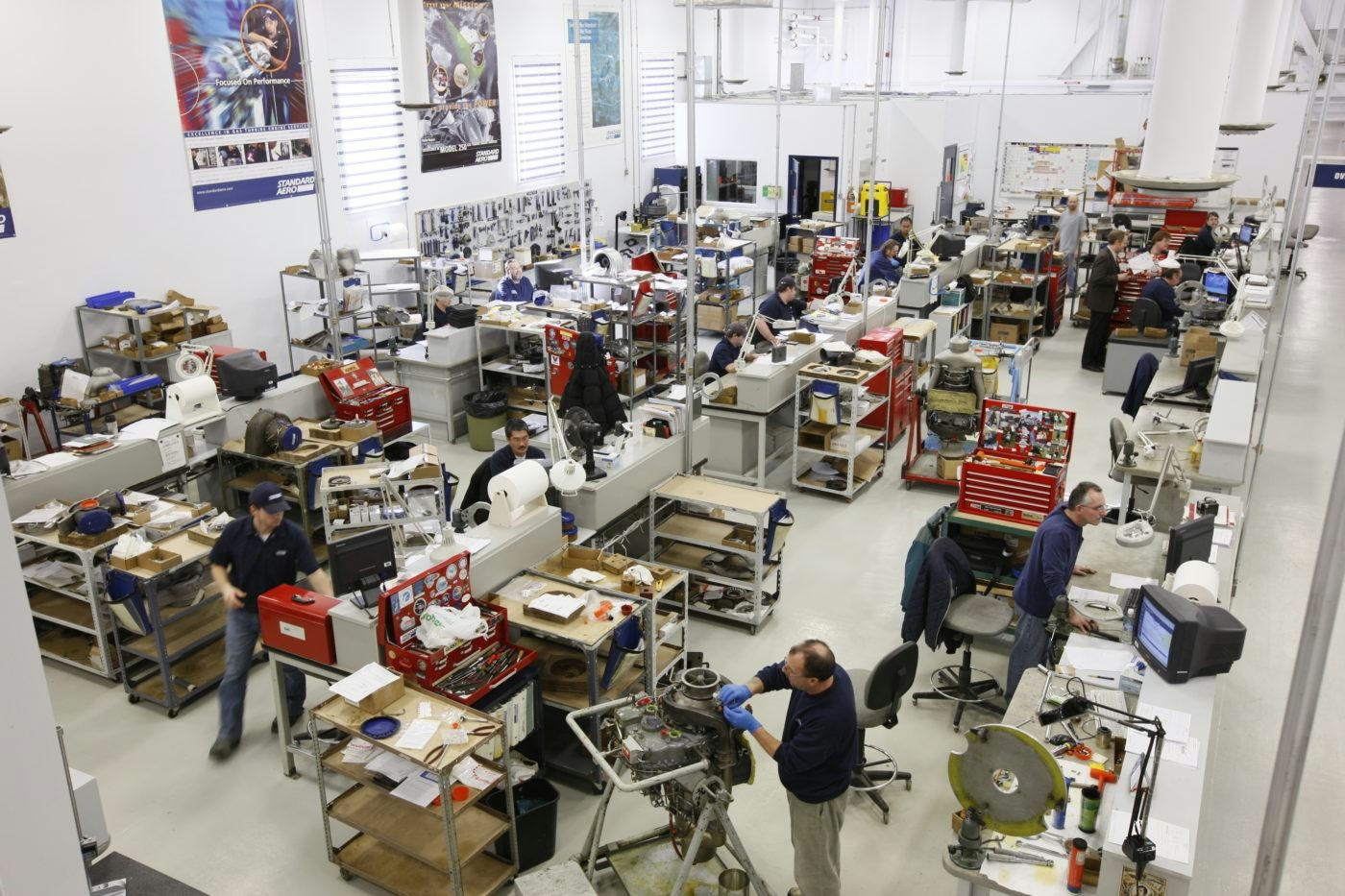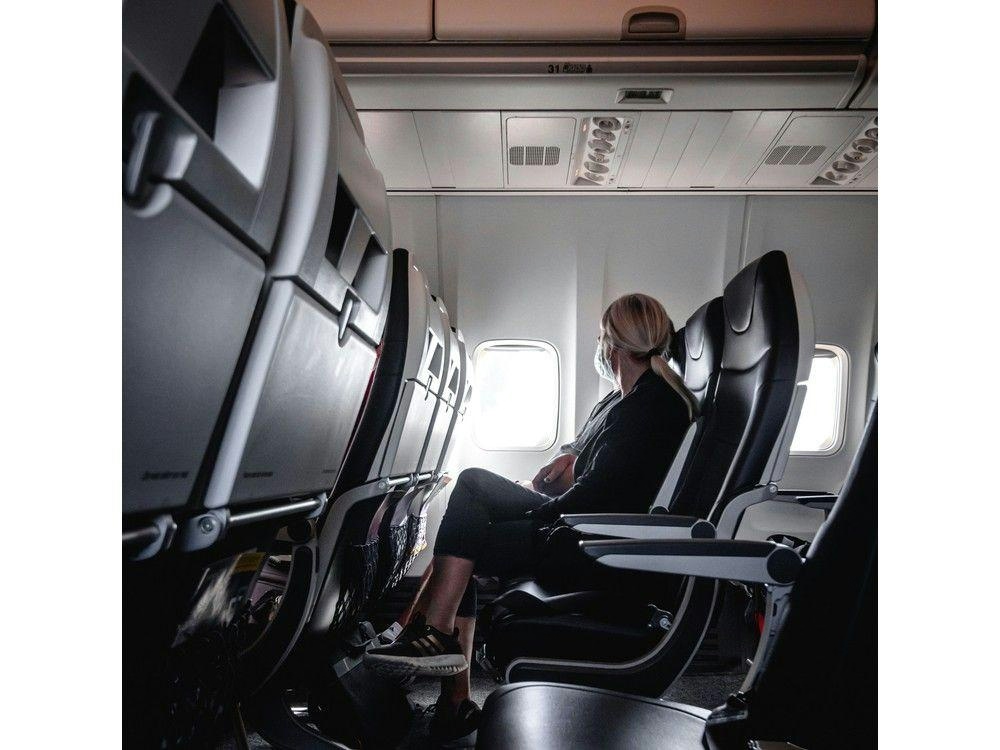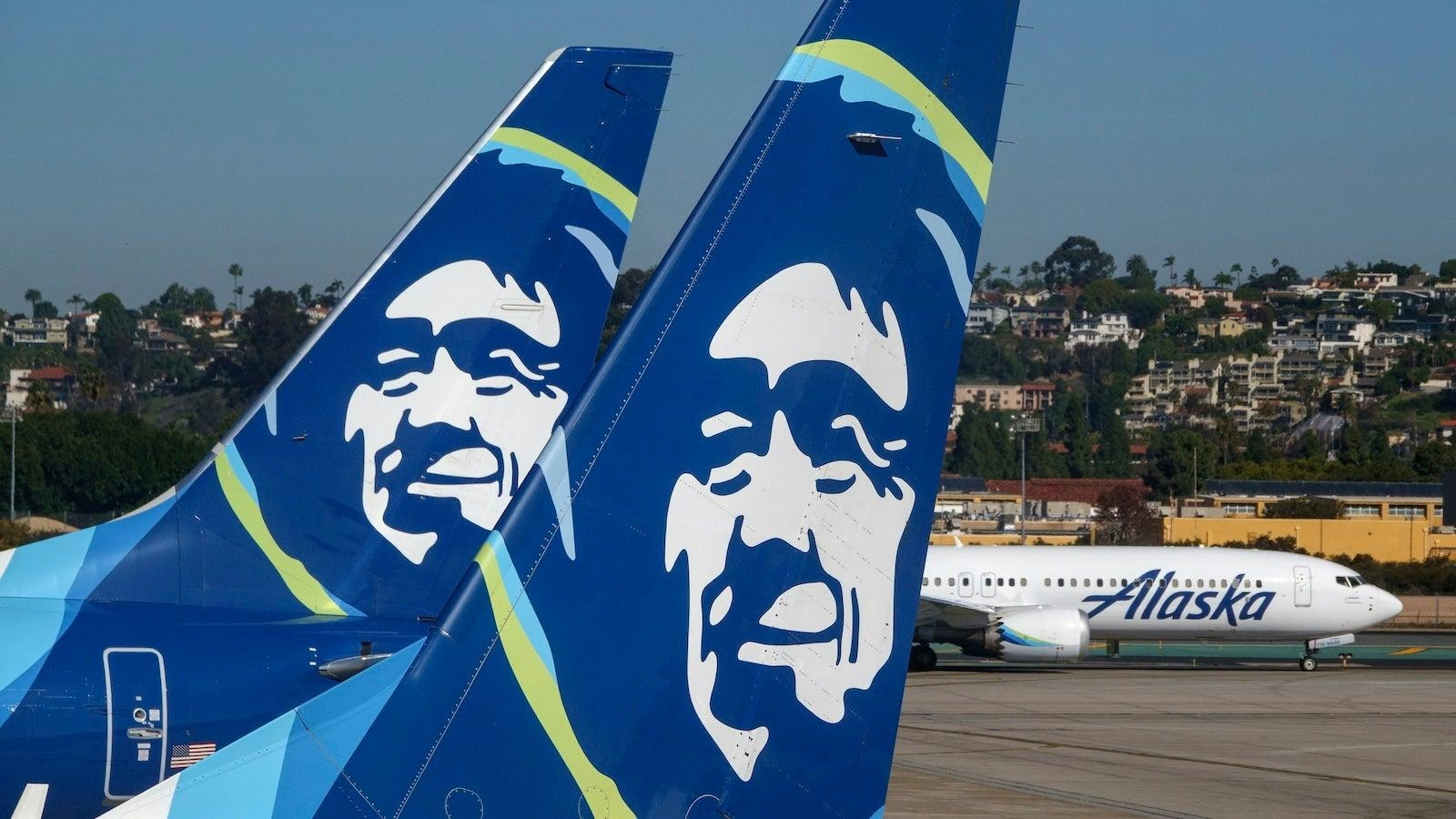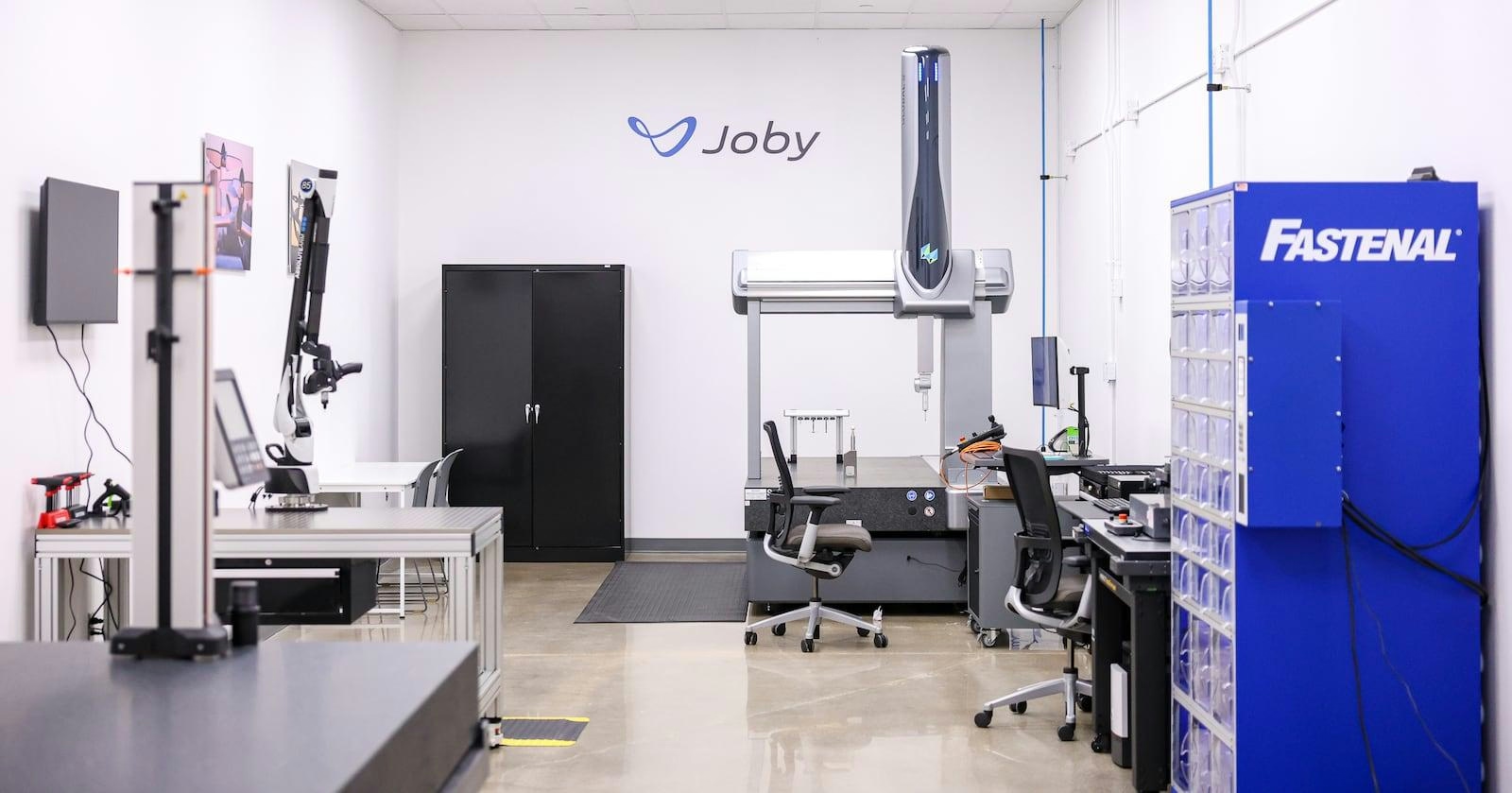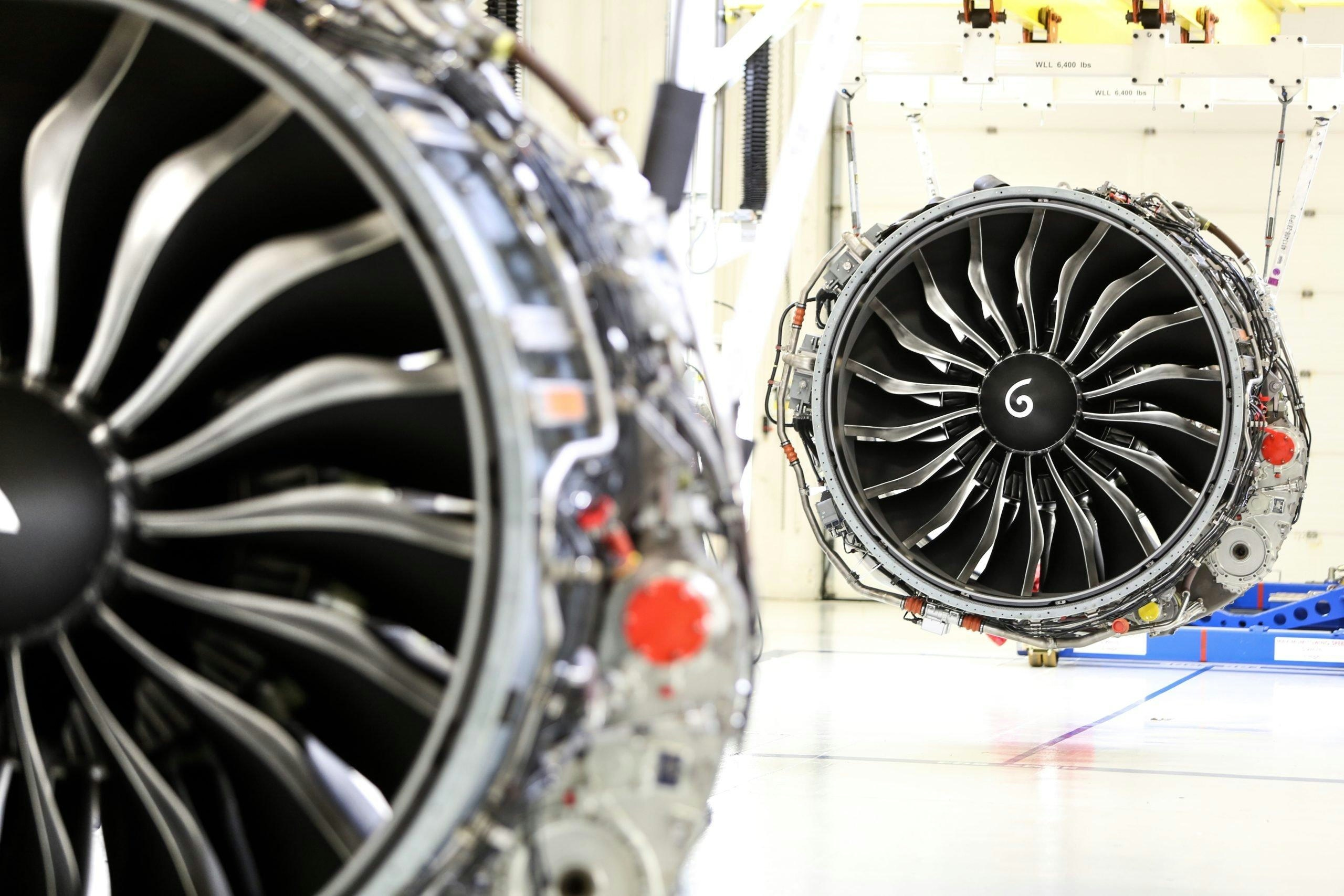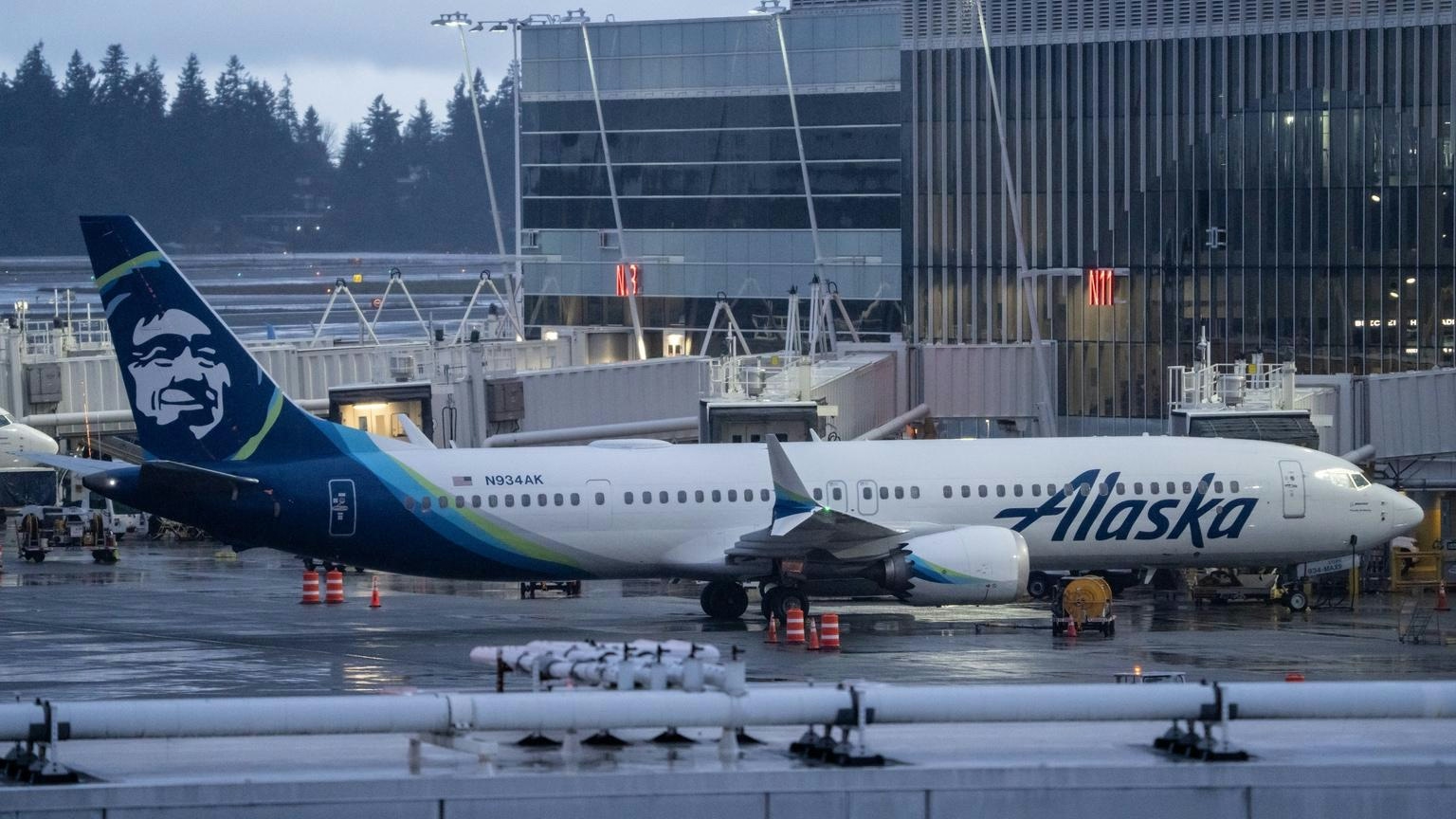
AeroGenie — Votre copilote intelligent.
Tendances
Categories
Global Analysis of the Air Taxi Market
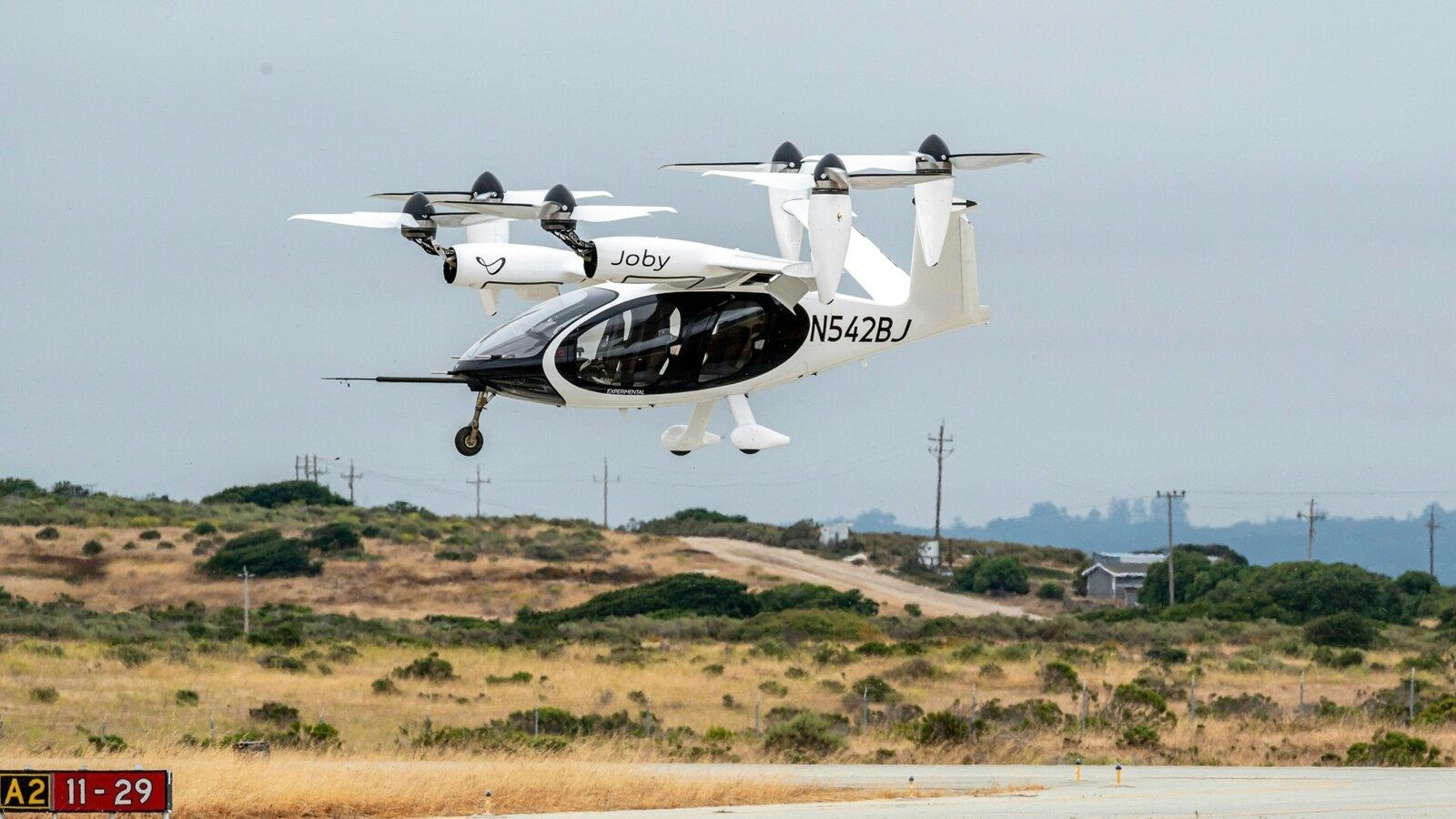
Global Analysis of the Air Taxi Market
The global air taxi market is on the cusp of significant expansion, with its valuation expected to rise sharply from USD 3.3 billion in 2025 to USD 20.5 billion by 2035. This growth reflects a robust compound annual growth rate (CAGR) of 20.0% over the forecast period, driven by rapid technological advancements, infrastructure development, and evolving regulatory frameworks. The market’s trajectory is characterized by accelerated growth phases in both the early and later years, underscoring the transformative potential of urban air mobility solutions.
Market Growth and Key Drivers
From 2025 to 2030, the air taxi market is projected to increase from USD 3.3 billion to USD 8.2 billion, representing a CAGR of 21.0%. This initial phase is marked by heightened investment in air mobility infrastructure and significant progress in electric vertical takeoff and landing (eVTOL) technologies. The rising demand for urban air mobility, supported by pilot projects and government initiatives, further fuels this early-stage growth. Continuous innovation in air taxi design and operational capabilities also plays a crucial role in establishing a foundation for market expansion.
The period from 2030 to 2035 is expected to witness an even more pronounced acceleration, with the market expanding from USD 8.2 billion to USD 20.5 billion at a CAGR of 18.8%. This phase will be characterized by broader commercial adoption of air taxis across various applications, including passenger transport, cargo delivery, and short-haul urban travel. Key drivers during this stage include enhancements in supporting infrastructure, regulatory advancements, and growing consumer acceptance, which collectively contribute to the sector’s maturation and scalability.
Market Segmentation and Regional Dynamics
The air taxi market is segmented by range, mode of operation, propulsion type, application, end user, and geographic region. In 2025, the intercity segment, covering distances between 100km and 400km, is anticipated to dominate with a 63.0% market share. Geographically, North America, Asia-Pacific, and Europe emerge as the primary growth regions, each benefiting from strong technological ecosystems and supportive policy environments. Leading industry players such as Volocopter GmbH, Airbus, Boeing, Textron Aviation Inc., Beta Technologies, EHANG, and Lilium N.V. are instrumental in shaping the competitive landscape through ongoing innovation and strategic investments.
Growth Catalysts and Industry Response
The rapid evolution of the air taxi market is underpinned by breakthroughs in electric propulsion systems, the development of urban mobility infrastructure, and increasingly supportive regulatory frameworks. As urban congestion intensifies and the demand for low-emission transportation solutions grows, air taxis are gaining traction as a viable alternative for both intra-city and inter-city travel. Industry leaders are heavily investing in vertical takeoff and landing (VTOL) platforms, artificial intelligence-driven route optimization, and lightweight composite materials to enhance safety and operational efficiency. The integration of autonomous systems is also transforming vehicle design, promising to reduce long-term operational costs and improve reliability.
Governments and private investors are accelerating the commercial readiness of air taxis by funding pilot corridors, vertiports, and advanced air traffic management systems. Advances in battery technology and the gradual evolution of airspace regulations are expected to further facilitate market deployment, particularly in megacities and regions with advanced technological infrastructure.
Challenges and Market Dynamics
Despite the optimistic outlook, the air taxi market faces several significant challenges. Regulatory uncertainty remains a major obstacle, as authorities continue to develop standards for airworthiness, pilot certification, and airspace integration. Safety concerns are paramount, with public acceptance contingent upon demonstrated reliability and stringent oversight. Additionally, the high costs associated with research, development, and infrastructure pose ongoing hurdles for market participants.
Market responses have been largely positive, as evidenced by gains in Boeing’s stock following its air taxi initiatives. Competitors are responding with substantial investments in technology and infrastructure to secure their positions in this emerging sector, reflecting a competitive and dynamic market environment.
Outlook
The air taxi market is poised for strong and sustained growth, driven initially by innovation and investment, and later by increased adoption and technological maturity. While challenges related to regulation, safety, and cost remain, the sector’s long-term prospects are promising as urban air mobility becomes an integral component of future transportation networks worldwide.
